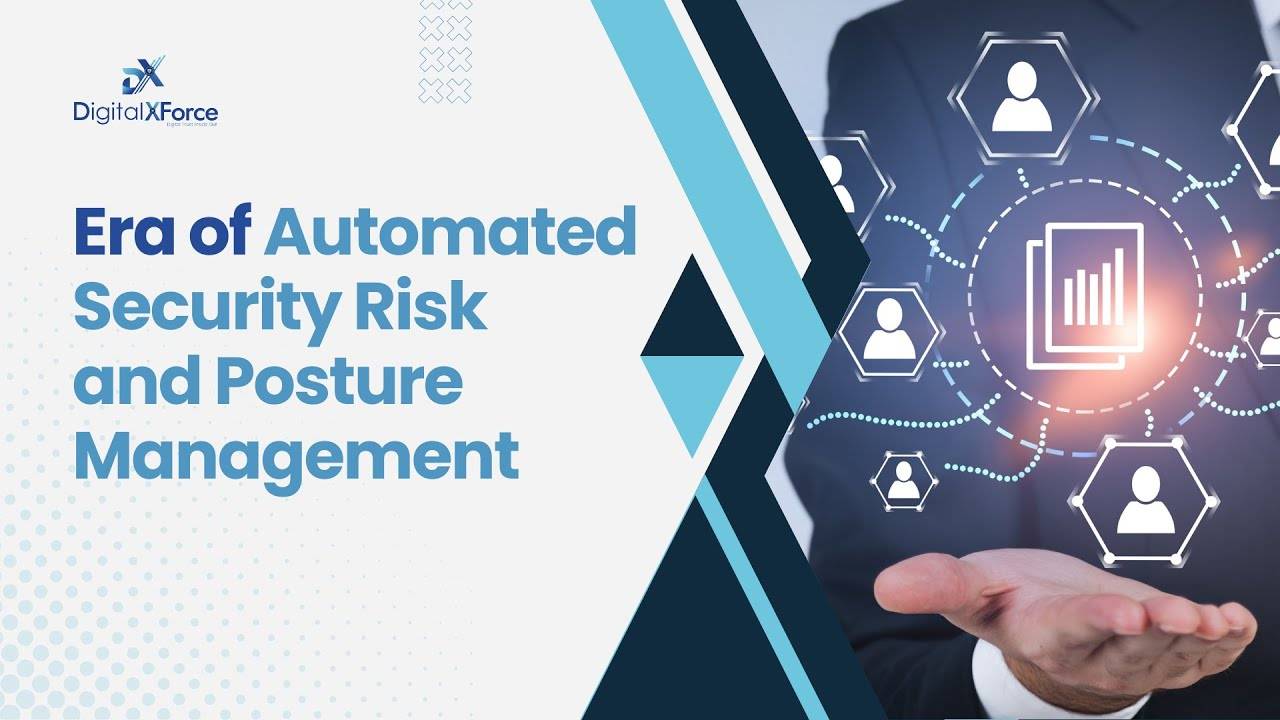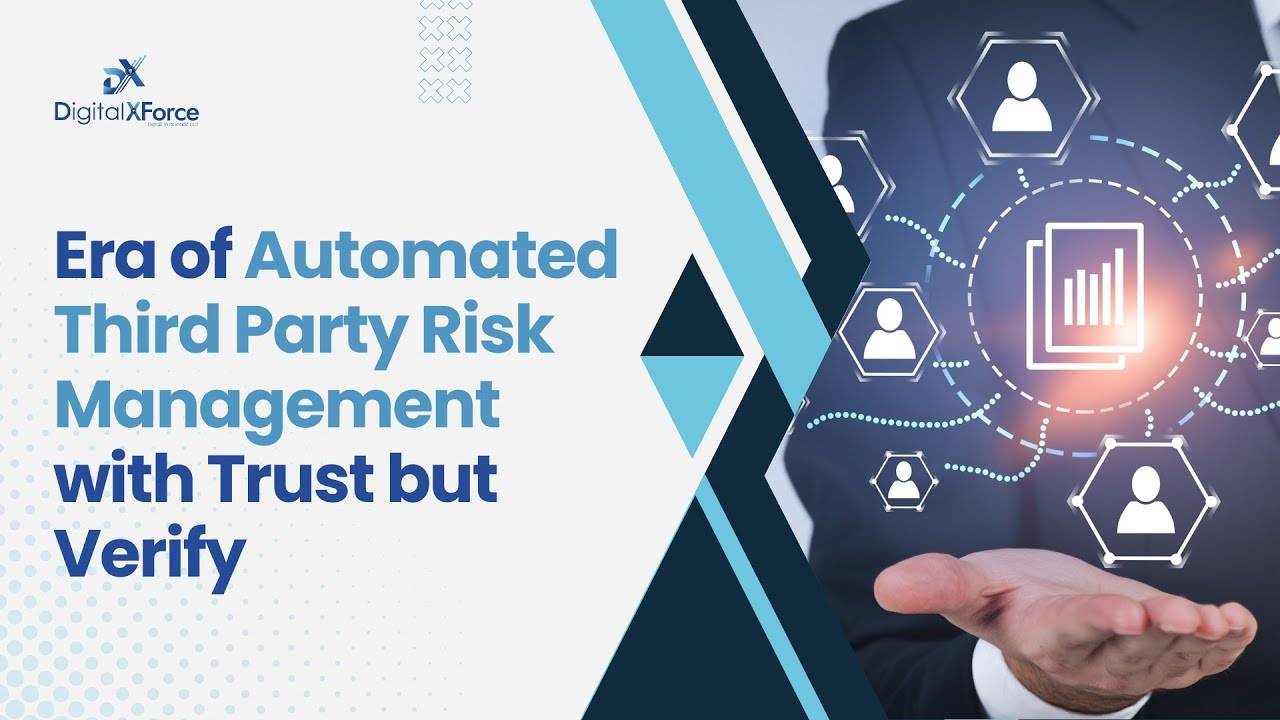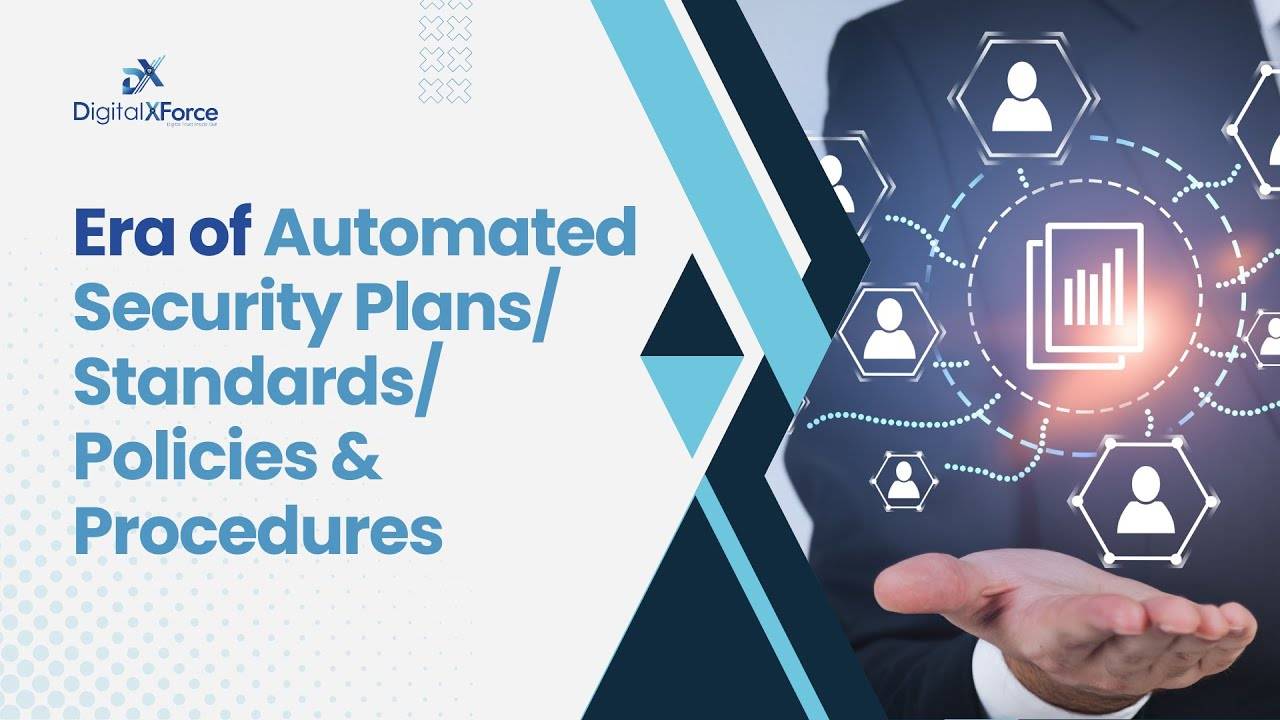Lalit Ahluwalia is committed to redefine the future of Cybersecurity by adding a “T-Trust” tenet to the conventional CIA Triad. Here, Lalit explores the need for cyber risk quantification and how businesses can benefit from implementing a holistic approach to measure cyber threats.
Risk quantification is the process of assigning a numerical value to the potential impact of a cyber threat. This helps businesses to prioritize their security investments and make informed decisions about how to mitigate risk.
The world is becoming increasingly digital, and with that comes a growing threat of cyberattacks. In 2021, there were over 623 billion cyber attacks worldwide, costing businesses and organizations billions of dollars in damages.
As the threat landscape becomes more complex, it’s more important than ever for businesses to take cybersecurity seriously. And one of the most important things you can do as a business owner is to quantify their risk.
Traditional risk quantification methods focus on individual threats and vulnerabilities. However, this approach can be limited, as it doesn’t take into account the interconnectedness of the modern IT environment.
Let’s look at risk quantification and explore the elements of risk quantification, plus why it matters, and how to implement a holistic risk quantification strategy to get a more accurate picture of your overall security posture.
Navigating the Cyber “Threatscape”
Close your eyes and think about the last time you used your smartphone, swiped your credit card online, or connected to a public Wi-Fi. You’re navigating a sprawling digital labyrinth teeming with dangers, and each click, swipe, and tap could expose you to cyber threats ranging from phishing schemes to data breaches that can give you goosebumps.
Let’s look at it from another angle.
Imagine you’re a medieval knight entering a dark forest, armed with a trusty sword and a shield. But here’s the twist: your adversaries aren’t mythical creatures; they’re cyber threats, lurking in the shadows, ready to pounce and attack. Enter risk quantification, your “digital extra force”, guiding you through the thorny thickets of the cyber ecosystem.
Why Risk Quantification Matters?
Think of risk quantification as your cyber compass, leading the charge in all your digital escapades. It’s like having a savvy fortuneteller who doesn’t just predict your future but also tells you what actions to take.
In a world where cyber threats evolve faster than memes, staying ahead of the game is essential. That’s where risk quantification comes in. It’s your compass through the digital wilderness, guiding you to make decisions that can be the difference between an uneventful digital stroll and a full-blown cyber crisis.
Imagine sailing a ship through a storm with a map that shows hidden rocks and treacherous currents. Risk quantification is that map, helping you navigate the turbulent waters of the cyber world with confidence. It’s not just about protecting your data; it’s about safeguarding your digital future. Here’s why it matters:
Informed Decision-Making – Risk quantification provides the information you need to make strategic decisions. It’s like knowing the weather forecast before planning an outdoor event – you’re prepared for any scenario.
Resource Allocation – Just as a general allocates resources on the battlefield, risk quantification helps organizations allocate cybersecurity resources effectively. It ensures that efforts are concentrated where they matter most.
Stakeholder Communication – Cybersecurity isn’t the sole responsibility of IT departments; it’s a collective effort. Risk quantification allows for effective communication with stakeholders, ensuring everyone understands the potential risks and necessary actions.
Preventive Measures – Armed with insights from risk quantification, organizations can take proactive measures to prevent threats from materializing. It’s akin to taking your umbrella on a cloudy day – you’re ready for rain.
Elements of Risk Quantification
Here are some critical elements of risk quantification you have to note:
Threats and Vulnerabilities – Just like a chef needs ingredients, risk quantification relies on identifying the threats lurking in the digital shadows and the vulnerabilities that could be exploited. Whether it’s a malware-infested email or a weak link in your network, these are the building blocks of your digital adventure.
Impact and Likelihood – Picture yourself at a crossroads, trying to decide which path to take. Risk quantification asks two critical questions: What’s the potential impact if a threat strikes? And how likely is it to happen? It’s like calculating the odds of finding a unicorn at the local park – highly unlikely, but you can’t dismiss it entirely.
Safeguards and Shields – No knight goes into battle without armor and a trusty shield. Similarly, risk quantification considers the defenses you have in place – your firewalls, encryption, and security protocols. These are the layers of protection that can make a cyber threat bounce right off you.
The Risk Score – Now for the pièce de résistance – the risk score. Imagine it as the final dish that combines all the ingredients. It’s a single number that reveals the magnitude of the potential threat. A high risk score signals a potential digital tornado, while a low score is like a gentle summer breeze.
Unleashing Cyber Risk Quantification
Now that you know the recipe, what’s the secret sauce? It’s preparedness. Risk quantification isn’t just about conjuring up a number; it’s about understanding your digital landscape and being ready for any scenario. Think of it as strapping on a jetpack before jumping off a cliff – you know where you’re headed, and you’re armed to the teeth.
With risk quantification, you’re not just a passive observer of your digital fate. You’re a digital guardian, equipped with insights and strategies to fend off threats even before they materialize. It’s the ultimate power-up in your arsenal against the ever-evolving forces of the cyber universe.
How to Implement a Holistic Approach to Risk Quantification
Implementing a holistic approach to risk quantification can be a daunting task, but it’s essential to protect digital assets from cyber threats. Here are a few tips to help you get started:
- Involve all stakeholders: Risk quantification should be a collaborative effort that involves all stakeholders, including IT security professionals, business leaders, and employees.
- Use a variety of data sources: No single data source will provide a complete picture of risk. Instead, use a variety of data sources, such as threat intelligence, vulnerability assessments, and incident reports.
- Use a risk management framework: A risk management framework helps you to structure risk quantification efforts and to ensure that your efforts align with cybersecurity best practices.
- Review and update regularly: Risk quantification is an ongoing process. Always review and update your risk assessments regularly to reflect changes in the threat landscape and in your own business environment.
Key Takeaways
Risk quantification is not a mere tool – it’s a philosophy. It’s about acknowledging that the digital landscape is not just a playground for innovation, but also a battleground against ever-evolving threats. Implementing a holistic approach to risk quantification is a great way to protect our digital assets from cyber threats.
However, it involves a collective effort. As members of a vast digital galaxy, we all have a role to play. Remember, we’re not just predicting the future; we’re shaping it, one calculated risk at a time.



